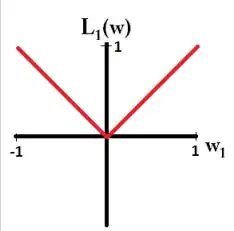Question. Suppose $X \sim U([1,3])$ and $Y \sim U([1,2] \cup [4,5])$ are two independent random variables (but obviously not identically distributed). Find the pdf of $X + Y$.
So far. I'm familiar with the theoretical mechanics to set up a solution. So, if we let $\lambda$ be the Lebesgue measure and notice that $[1,2]$ and $[4,5]$ disjoint, then the pdfs are
$$f_X(x) = \begin{cases} \frac{1}{2}, &x \in [1,3] \\ 0, &\text{otherwise} \end{cases} \quad\text{and}\quad f_Y(y) = \begin{cases} \frac{1}{\lambda([1,2] \cup [4,5])} = \frac{1}{1 + 1} = \frac{1}{2}, &y \in [1,2] \cup [4,5] \\ 0, &\text{otherwise} \end{cases} $$
Now, let $Z = X + Y$. Then, the pdf of $Z$ is the following convolution $$f_Z(t) = \int_{-\infty}^{\infty}f_X(x)f_Y(t - x)dx = \int_{-\infty}^{\infty}f_X(t -y)f_Y(y)dy.$$
To me, the latter integral seems like the better choice to use. So, we have that $f_X(t -y)f_Y(y)$ is either $0$ or $\frac{1}{4}$. But I'm having some difficulty on choosing my bounds of integration?
